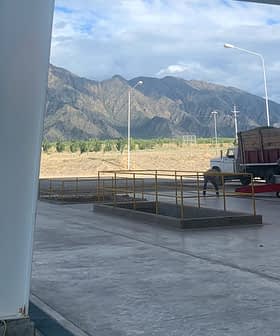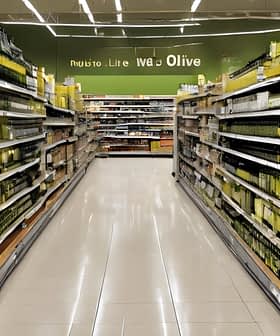World olive oil prices have soared as the effects of last year’s disastrous olive harvest in Europe are being felt at the consumer level.
Several recent articles in the international media have reported on the world olive oil shortage and subsequent rise in prices due to the poor harvests of the 2014 – 2015 season in Spain and Italy, the two countries responsible for 70 percent of the global olive oil output.
Spain suffered from extreme heat and drought in the summer of 2014, while Italy was hit with fruit fly infestations and the deadly Xylella fastidiosa bacterium which has decimated olive groves in Puglia.
Greece and Tunisia, however, have experienced increased yields, 127 percent and 300 percent respectively, compared to 2013/2014 levels. Tunisian olive oil exports have reached a record high, increasing seven-fold compared to the previous year, with most exports going, not surprisingly, to Italy and Spain. But the increased yields in Greece and Tunisia were not enough to compensate for the shortages in Italy and Spain.
Bloomberg reported last week that figures from Euromonitor indicate that consumer prices for olive oil have increased by 10 percent and have now surpassed the global inflation rate for packaged foods by 3.7 percent. Reports by Oil World also revealed that the price of Spanish extra virgin olive oil is now at its highest since April 2006, at $4,272 a ton.
Meanwhile, citing figures from the British trade journal The Grocer, which covers the UK’s FMCG (fast-moving consumer goods) sector, The Guardian reported that the average price of a liter of extra virgin olive oil rose from £6.32 ($9.84) in December 2014 to £6.95 ($10.82) in July 2015. The same article revealed that demand for olive oil by retailers and distributors in June 2015 was 12 percent higher than what exporters could deliver.
International Olive Council (IOC) figures put the total world output this year at 2.3 million tons, a fall of one-third from last year’s production and the lowest level since 2000.








